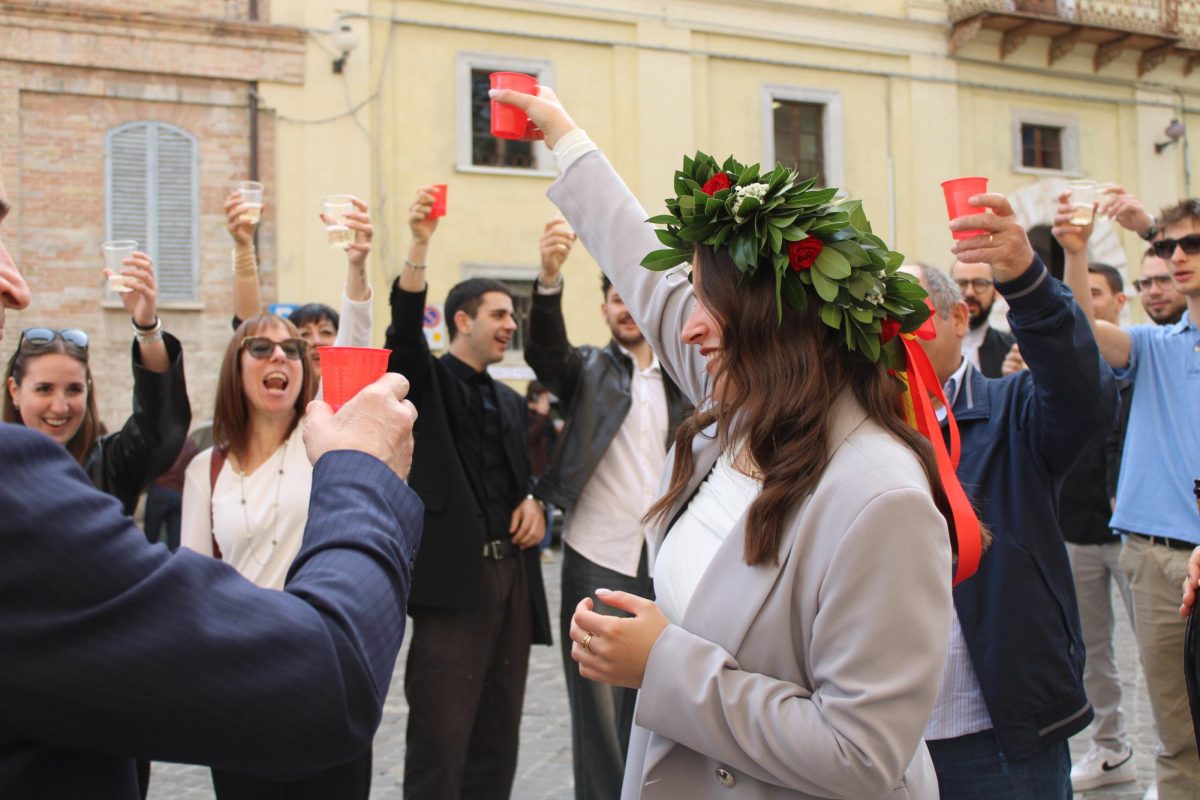When faith and science collide, researcher finds they can get along fine
October 17, 2007
Since the advent of conflict, the relationship between religion and science has raged in such a way that, in some circumstances, allows for little or no cooperation.
Although some may believe that there may be little or no relationship between the two, Susan Drake Emmerich, founder and CEO of Emmerich Environmental Consulting, tried to prove otherwise during her lecture, “Making Peace Between Heaven and Earth: A Faith-Based Approach to Social and Environmental Transformation,” on Tuesday in the Memorial Union.
Emmerich used examples from a nine-year study done on Tangier Island located in the Chesapeake Bay during her lecture, which was part of the Areopagus Lecture Series.
Using her study as an example, Emmerich said even a culturally sheltered fishing community of approximately 700 inhabitants could change their way of life by accepting Christianity and applying it to their way of life.
“A faith-based world view is a legitimate way of knowing the world,” Emmerich said. “It’s important to have an alliance between religion and science while being able to garner what we can from each and applying it to the environment.”
Students in attendance seemed to understand the application of both science and religion in transforming the way they approach certain situations.
“In a lot of lectures like this you get one side of the story,” said Ian Wilson, freshman in pre-architecture. “I thought this was very groundbreaking, because by using both religion and science to communicate with the people in a fishing community, Emmerich was able to connect much better.”
Chance Mitchell, freshman in aerospace engineering, was impressed with the way that Emmerich applied Christianity and science to her studies.
“Coming into tonight I was hoping to find out how someone who has spent her whole life studying the interaction between faith and science was able to apply it,” Mitchell said. “A lot of times students are quick to brush off things they don’t agree with, but this brings in both sides and can affect both sides whether you’re religious or not.”
After concluding her speech, Emmerich seemed to show the audience that science and religion can indeed be used together to make positive changes in the environment.
“This just makes it so that everyone can come to a common ground and use what works best,” Mitchell said.
















